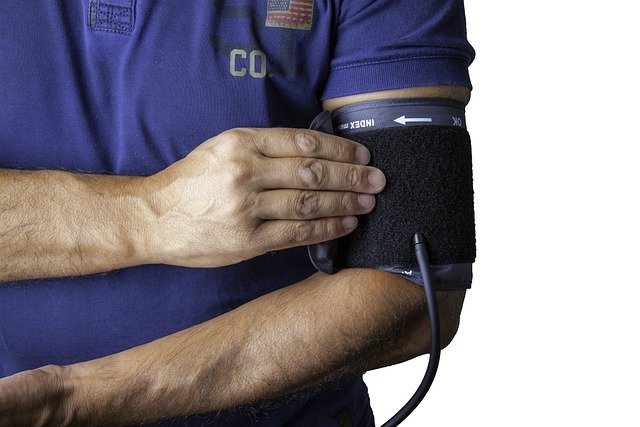Unveiling the Intricacies and Impact of Biomechanics in Sports
Biomechanics is an intriguing field that merges principles of physics and engineering with human movement. It has a deep-seated role in sports, significantly influencing an athlete's performance. This article delves into the world of biomechanics, its evolution, its profound impact on various sports disciplines, and its practical implications for athletes.

Unraveling the History and Evolution of Biomechanics
The origins of biomechanics can be traced back to ancient Greece, with Aristotle’s book “On the Movement of Animals.” The field has since advanced, particularly in the last century, thanks to technological advancements and extensive research. This progression has allowed for a more comprehensive understanding of human and animal movement, leading to significant improvements in athletic performance.
Current Trends and Analysis in Sports Biomechanics
With the rise of wearable technology and data analytics, biomechanics has taken a leap forward. Athletes can now gain real-time feedback on their performance, helping them make immediate adjustments. This data-driven approach has revolutionized sports training, fostering a more personalized and effective regimen.
The Pros and Cons of Biomechanics in Sports
The use of biomechanics in sports presents numerous benefits, such as injury prevention, performance enhancement, and skill development. However, it also poses some challenges, including the risk of over-reliance on technology and potential loss of instinctive play. It’s crucial for athletes to strike a balance, using biomechanics as a tool rather than a crutch.
Real-world Applications of Biomechanics
From improving a golfer’s swing to understanding the dynamics of a footballer’s kick, biomechanics has countless practical applications in sports. It’s used not only by athletes but also by coaches, physiotherapists, and sports scientists to optimize performance and reduce injury risk.
Decoding the Science: Biomechanics Demystified
Biomechanics can be a complex field, filled with scientific jargon and intricate concepts. However, at its core, it’s about understanding how the human body moves and how those movements can be optimized for sports. By breaking down this science into digestible pieces, we can make it accessible and beneficial to all athletes.
Biomechanics in sports is a fascinating field that continues to evolve and shape the sports industry. By understanding its history, current trends, and practical applications, athletes can harness its potential to enhance their performance and reduce injury risk. The future of sports lies in this integration of science and sport, where every movement is analyzed, understood, and optimized.




